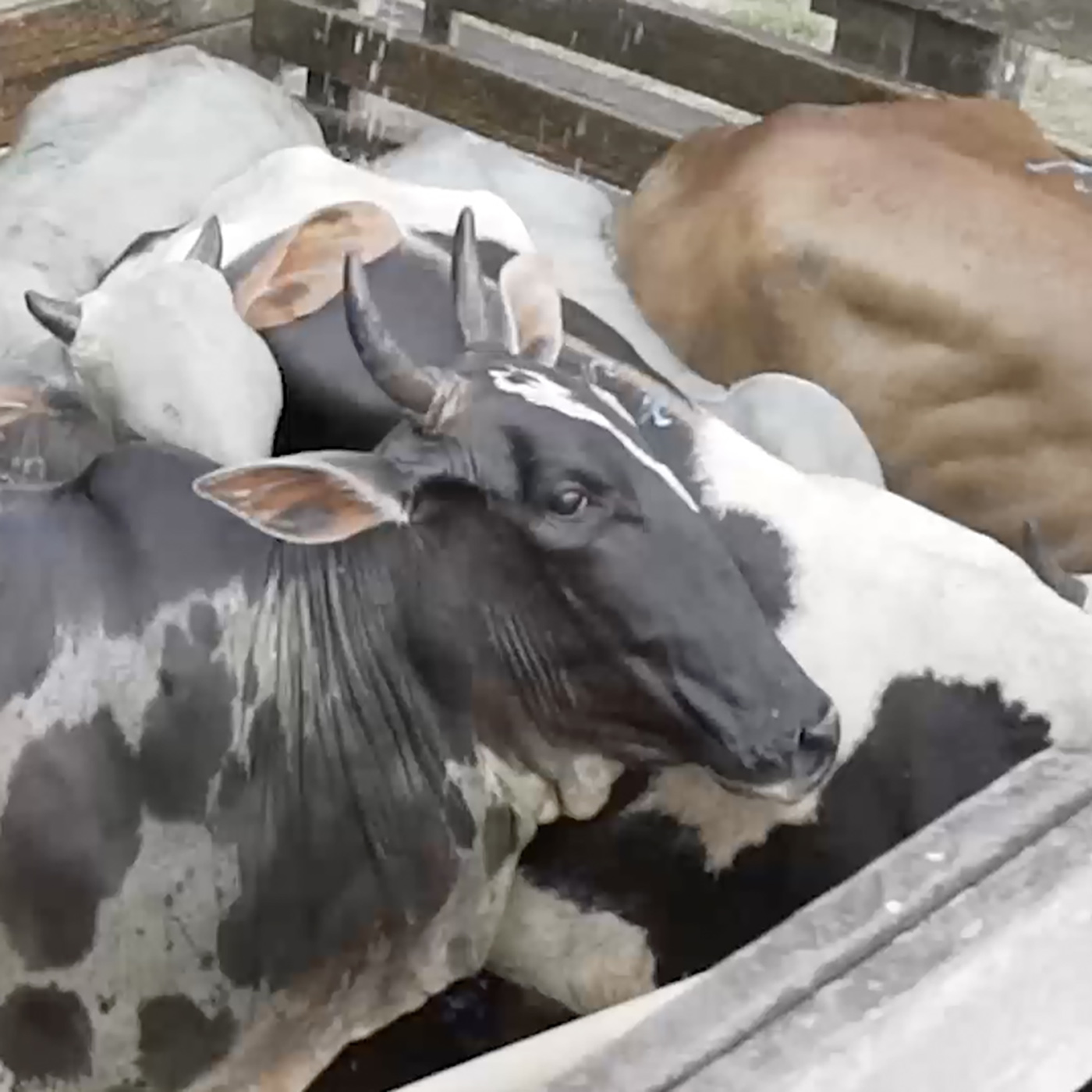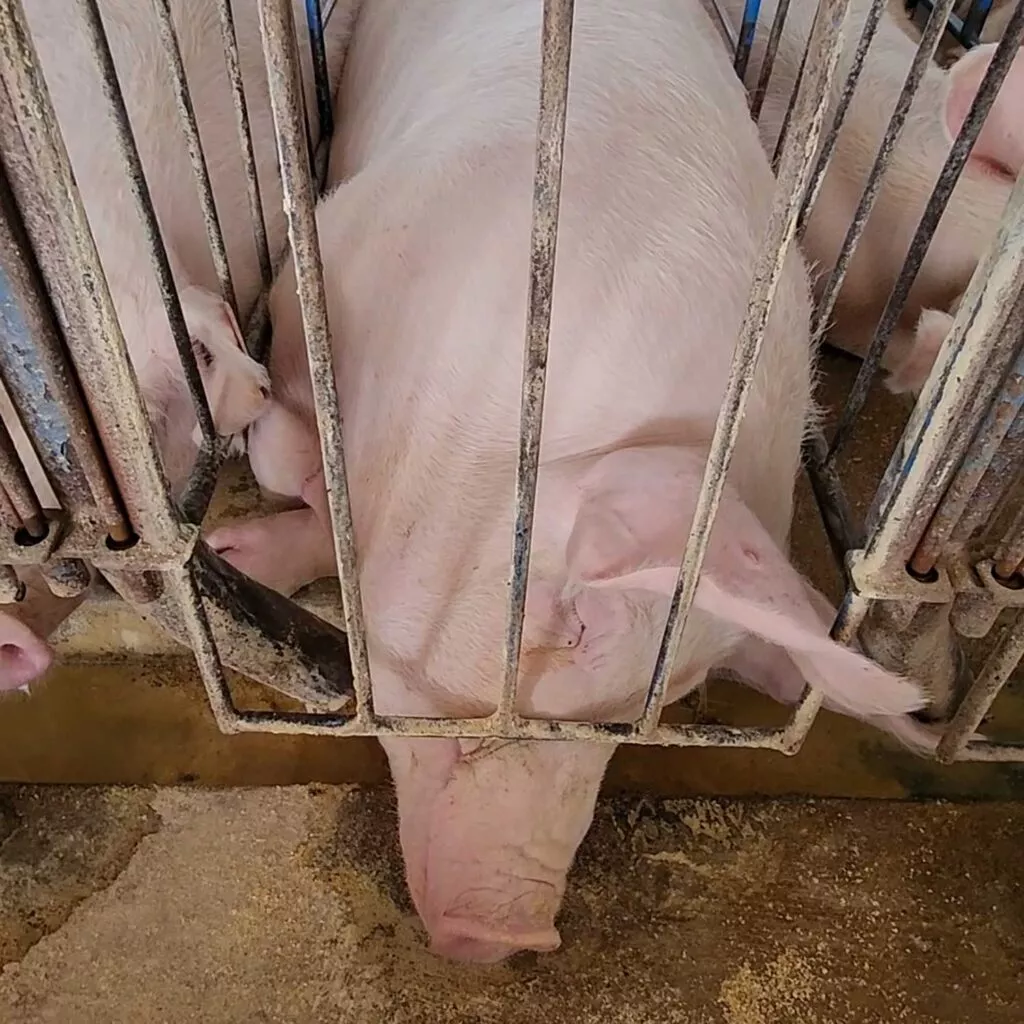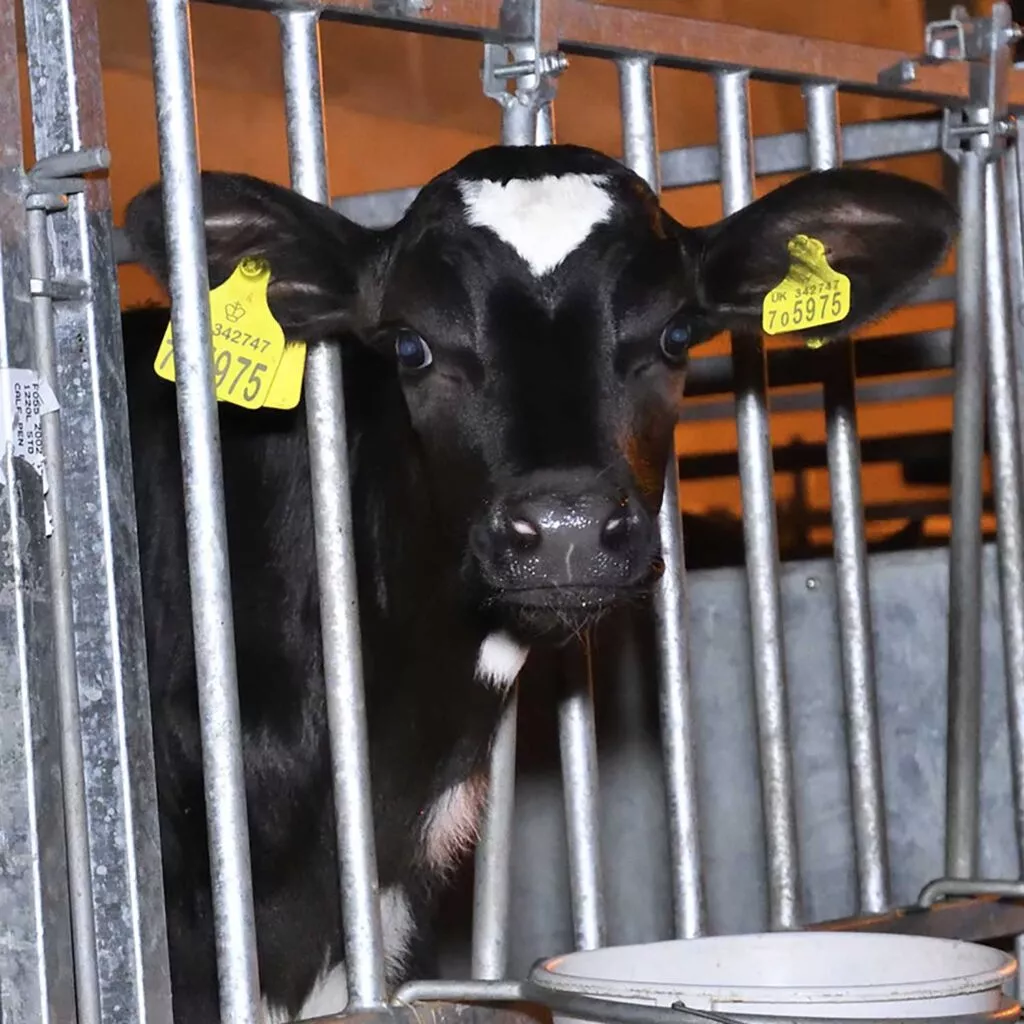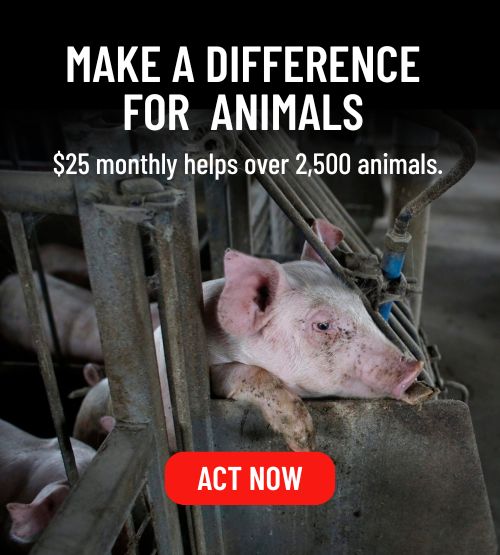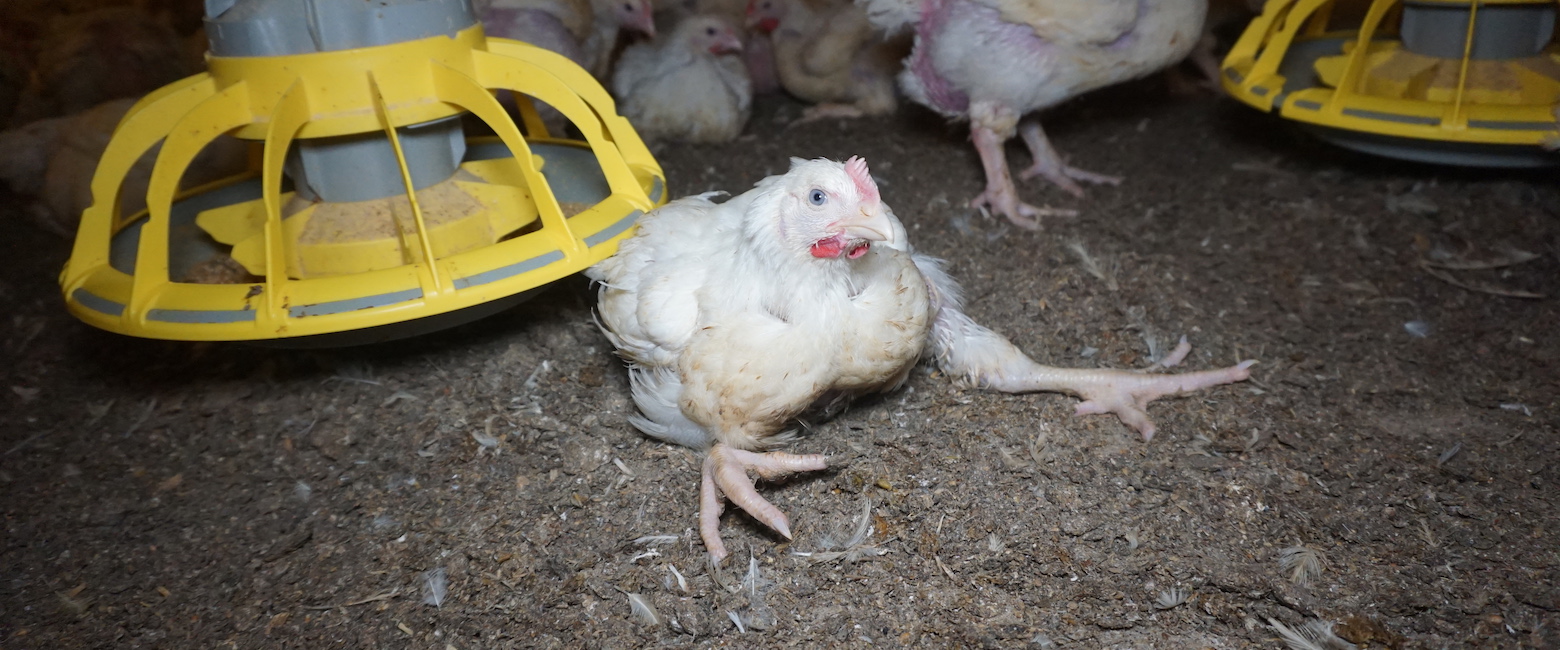

Spaghetti Meat: A Side Effect of Fast-Growing Chicken Farming
From McDonald’s pink slime to the discovery of green meat, the animal agriculture industry has certainly raised a few eyebrows over the years.
With the rise of factory farming and an increase in production speeds, unappetizing discoveries like these have become all too common.
Still, the industry has been plagued by yet another unpleasant finding: spaghetti meat. If you’ve ever cut into a chicken breast and noticed that it looked more like noodles than chicken, you’re already familiar with this new and embarrassing industry problem.
But what causes spaghetti meat, and how is it related to factory farming?
WHAT IS SPAGHETTI MEAT?
“Spaghetti meat” is the squishy, slimy breasts of chickens raised on modern factory farms. The chicken meat looks like spaghetti noodles and can easily be pulled apart with your fingertips.
WHAT CAUSES SPAGHETTI MEAT?
Selective breeding over the past several decades has caused chickens to grow at an unnaturally rapid pace. Scientists agree that this rapid growth affects chickens’ health.
With such large breasts, their muscle tissues often don’t receive enough oxygen. This causes the muscle fibers to break down and pull apart. When consumers bite into a piece of stringy chicken, they can blame fast-growing chicken farming for the unpleasant surprise.
WHAT THE INDUSTRY DOESN’T WANT YOU TO KNOW ABOUT IT
Modern chicken farming focuses on speed and cost above all else. The average chicken today grows 300% faster than chickens raised for meat in 1960. In fact, they grow at the same pace as a 660-pound two-month-old human baby!
As prisoners in their own bodies, overweight chickens are often immobile. They suffer from organ failure, internal bleeding, and burns from the urine-soaked soil. Because they can’t walk to their food and water, many die of dehydration or starvation.
HOW THIS AFFECTS YOU
Because this is a newly-discovered problem, scientists are still determining how it impacts consumers’ health. Emerging research suggests that spaghetti meat has lower protein content.
A similar problem, known as “white striping,” occurs when muscle fibers grow too quickly and don’t get enough oxygen from blood. Damaged tissues are often replaced by fat, leaving thin white lines on chickens’ meat.
White striping and spaghetti meat are frequently found together. This could mean consumers are getting less protein and more fat with each bite they take.
Of course, there are also health risks from eating chickens’ meat in general. These risks include higher cholesterol, foodborne illness, and exposure to cancer-causing compounds. Fecal contamination is also shockingly common.
Perhaps it’s no wonder that millions of people around the world are switching to health-saving, plant-based foods.
How You Can Help
If diseased chicken meat doesn’t sound good to you, you’re in luck: the plant-based alternatives are delicious and endless!
From plant-based nuggets to whole food proteins, supermarkets are stocked with diverse and accessible options. Simply head over to Love Veg, where we’ve provided all the information you need to replace meat, dairy, and eggs with cruelty-free proteins.

CHOOSE LOVE
Chickens are emotionally complex animals capable of empathy and forming special bonds with fellow animals.
Protect these sensitive and social animals by choosing plant‑based alternatives.
Recommended
